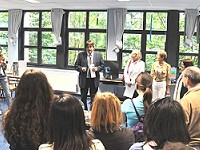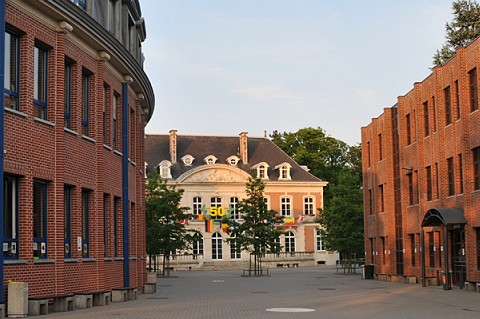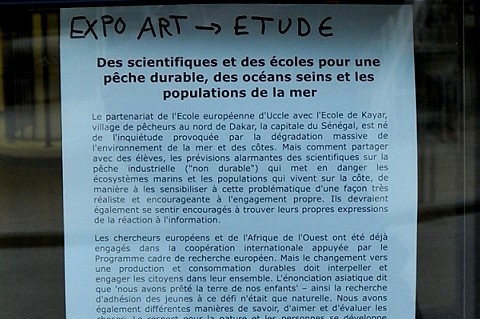 Scientists, artists and schools for sustainable fisheries, healthy oceans and the people of the Sea
Scientists, artists and schools for sustainable fisheries, healthy oceans and the people of the Sea
The twinning of the European School Brussels I in Uccle and the College (CEM) in Kayar, a fishing village north of Dakar, the capital of Senegal, started out with a concern of massive environmental degradation of the sea and the coast. The question arose, how to share scientific insights on unsustainable fisheries, which ruin marine ecosystems and coastal people's livelihoods, with students in a way that transmits the challenges in a very realistic and engaging way. They should also feel encouraged to find their own expressions of reacting to the information.
The researchers from Europe and West Africa were already engaged in international cooperation supported by the European Research Framework Programme, but change towards sustainable production and consumption needs to engage citizens at large. As the Asian saying goes, we have borrowed the Earth from our children – so getting young people involved was a natural step. We also have different ways of knowing, loving and valuing things. Respect for nature and people grows best, when science meets the arts and rational thinking is in harmony with our emotions.
 The twinning of the 6th secondary arts (4h) class in Uccle and the college in Kayar takes this as the starting point.
The twinning of the 6th secondary arts (4h) class in Uccle and the college in Kayar takes this as the starting point.
Coordinated by Mrs. Bettina Ghallale of the European School and supported by Dr. Aliou Sall in Senegal and Dr. Cornelia Nauen in Brussels, this exhibition under the auspices of European Research Commissioner, Dr. Janez Potočnik, shows the first results.
The search for such networking across traditional boundaries has also attracted the attention of other schools in Europe and Africa as well as scientists and artists. This fruitful experience will thus go on.
A powerpoint presentation summarised the key scientific findings at the basis of some of the art work. Click here.
 The student newsletter 'Connection' carried two articles about the results: one on artistic creativity and intercultural dialogue (in French) and one on the exhibition itself (in English).
The student newsletter 'Connection' carried two articles about the results: one on artistic creativity and intercultural dialogue (in French) and one on the exhibition itself (in English).
The International Cooperation Programme in Science in Technology of the European Commission reported about it.
A French press release is available here.
Watch the picture gallery of the exhibition below (all photos of the exhibition courtesy P. Bottoni).
Photos courtesy Paolo Bottoni.
Photos courtesy Paolo Bottoni.
The art work was mostly done using recycled or cheap materials.
Photos courtesy Paolo Bottoni.



















































